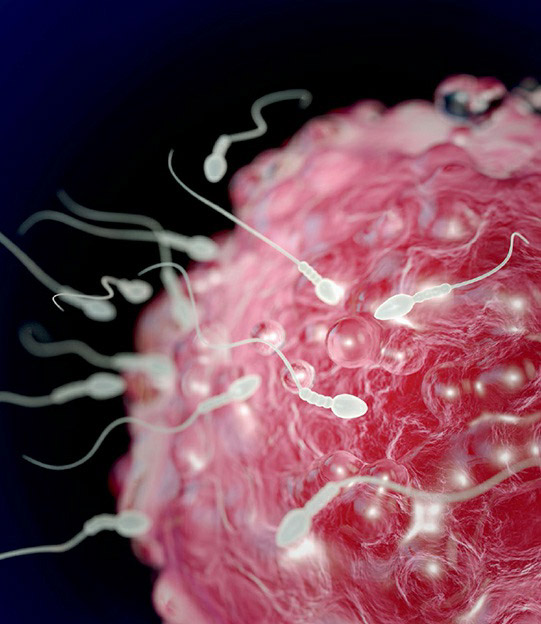Eukaryotes, the first organisms with complex internal structures such as nuclei and mitochondria, initially reproduced asexually through mitosis. In mitosis, a cell duplicates its chromosomes and divides, producing two genetically identical daughter cells. While efficient, this mode of reproduction had limitations, particularly in preventing the accumulation of genetic mutations.
About 1.2 billion years ago, a significant evolutionary development occurred in eukaryotes: the advent of sexual reproduction through meiosis. This process involves the replication of chromosomes and two rounds of cell division, resulting in four gametes, each with half the chromosome number of the parent cell. The fusion of these gametes from two different parents, known as fertilization, marks the birth of sexual reproduction.
The shift to sexual reproduction may seem counterintuitive, as it requires finding a mate and transmits only half of a parent’s genetic material to offspring. However, this method presents key evolutionary advantages. By mixing genetic material from two parents, sexual reproduction helps prevent the accumulation of harmful mutations while promoting the spread of beneficial ones. This genetic diversity is a potent force in natural selection, driving long-term changes in populations and enhancing their adaptability to changing environments. The propagation of advantageous mutations or traits can significantly increase a species’ rate of adaptation. Therefore, despite its complexities and inefficiencies, sexual reproduction has proven to be a crucial evolutionary strategy for eukaryotes, contributing to the vast diversity of life forms and their resilience in the face of environmental changes.

